
ENTREPRENEUR | OneHourProfessor.com
Today’s marketing landscape is content-driven, and marketers are creating and sharing staggering amounts of content. Often, those who can produce the most amount of high-quality content tend to be the most successful.
However, even marketing professionals without the time or budget to create and publish huge amounts of content can still win by implementing content curation as part of their marketing strategy.
If you’d like to discover more about how this works, then read on to discover the 7 ways content curation is good for your business.
But first, the basics.
Short Summary
- Content curation saves time and resources, benefiting bloggers and small businesses by enhancing their marketing strategy with valuable, relevant information.
- Content curation involves selecting and sharing information created by others, while content creation is about producing original material.
- Content curation should be balanced with original content, ensuring shared posts are high quality and from reputable sources. The aim is to add value to your social media, mixing curated and original content while occasionally repurposing older material.
- When you curate content, make sure to:
- Identify topics your audience is interested in to ensure relevance and engagement.
- Use news aggregators like Feedly to quickly find and organize quality content.
- Maintain a list of trusted blogs to consistently source high-quality content.
- Subscribe to relevant newsletters for a steady stream of curated content.
- Follow industry experts and influencers on social media to stay updated with the latest trends and insights.
- Set up Google Alerts to receive notifications on specific topics.
- Keep up with industry studies to maintain authority and provide accurate information.
- Diversify curated content with various formats and perspectives to keep your audience engaged and informed.
- Add your own insights and commentary to curated content to make it relevant and engaging.
- Always credit the original source to maintain authenticity and foster positive industry relationships.
- Content curation offers numerous benefits, including establishing thought leadership, boosting brand awareness, and improving SEO.
- It helps connect with other industry experts, provides real insights to your audience, complements original content creation, and offers deeper industry insights.
Table of Contents
- What Is Content Curation?
- Content Curation vs. Content Creation
- How Much Content Should You Curate?
- How to Curate Content
- 1. Identify the Topics Your Audience Is Interested In
- 2. Leverage News Aggregators
- 3. Have a List of Trusted Blogs You Can Reference
- 4. Subscribe to Relevant Newsletters
- 5. Follow Industry Experts & Influencers on Social Media
- 6. Set Up Google Alerts for Specific Topics
- 7. Keep Up with Industry Studies
- 8. Diversify the Content You Curate
- 9. Put Your Spin on the Content You Curate
- 10. Always Give Credit to the Original Source
- Benefits of Content Curation for Your Business
- Frequently Asked Questions
- Ready to Start Curating Content?
What Is Content Curation?
Curating content means choosing and sharing pieces of information that you did not produce yourself. It may be an online post by another user, a link to an article, or a compilation of quotes from experts in the field.
Thus, curated content is what you share on your social media profiles that is not your own, but rather comes from other brands or individuals. By doing so, you bring forth valuable information from your industry to your audience, without the time and money investment of creating content from scratch.
Content Curation vs. Content Creation
A lot of people assume that content creation and curation are the same. But, they are actually quite different.
Content creation is about creating and publishing fresh content on your website or social media that has been created specifically for your own purposes.
But, while posting unique content will always be king in the online marketing landscape, it can also be challenging trying to keep up with the fast-paced world we live in today. As you well know, coming up with great content takes time, money, and energy. That’s why it makes sense to complement content creation with curation, which takes up fewer resources.
Content curation is more about getting content from other sources to post on your site or social media. It’s about gathering information that’s relevant to a specific area of interest.
The process involves consistently finding, organizing, annotating, quoting, and sharing high-quality content for a particular topic in a given marketplace.
Curated content works particularly well for bloggers and small businesses who lack the time or resources to create their own content.
Even for those who regularly produce their own unique content, curation can be a very important part of the overall marketing strategy. It facilitates the discovery of new, relevant information and provides consumers with tons of value, helping them make informed decisions.
Example of Content Curation: Magazines and Newspapers
Magazines and newspapers are a great example of this concept in use.
They usually publish timely and relevant content, but you may notice that a lot of the pieces are actually republished from various other sources. This type of curation helps to attract readers on a regular basis looking for interesting stories, business updates, local news, and events, etc.
The magazine or newspaper publisher becomes an influential source of information because they are consistently aggregating high-quality content that is relevant to their readers.
At its best, curation is:
- Done by a person, not a computer algorithm;
- About being discerning, selective, and discriminative;
- Focused on adding value and offering your perspective, insight, and guidance;
- Informed by a focus on your target audience;
- Not a one-time activity or event.
How Much Content Should You Curate?
Like everything, content curation needs to be done in moderation. While sharing valuable links with your audience can establish you as a thought leader in the industry, failing to produce any original content will do more harm than good.
It’s also important to ensure that the posts you share are of high quality and come from reputable, trusted sources. In some niches, like finance, it may be easier for content curators to find things to share compared to others, like art restoration. Your focus should always remain on quality rather than quantity.
The goal is to focus on adding value to your social media with the content you create. Mix curated content with original content, and don’t hesitate to repurpose older content as well to cut down on time spent creating posts.
How to Curate Content
The content curation process can prove to be difficult at times, especially if you post about a niche where research and news are scarce. However, there are ways to find and sort through content efficiently, as any social media marketer already knows.
Here are 8 tips for being a successful content curator:
- Identify the topics your audience is interested in.
- Leverage news aggregators.
- Have a list of trusted blogs you can reference.
- Subscribe to relevant newsletters.
- Follow industry experts and influencers on social media.
- Set up Google Alerts for specific topics.
- Keep up with industry studies.
- Diversify the content you curate.
- Put Your Spin on the Content You Curate
- Always Give Credit to the Original Source
1. Identify the Topics Your Audience Is Interested In
All the content you create for your social media platforms is intended for your target audience. Curated content is no exception.
The first question you should ask yourself when curating content is “is this a relevant post for my audience?”. Then, try to answer these questions before including a blog post or other piece of content in your strategy:
- How will this post bring value to my audience?
- Does this post address my customers’ pain points?
- Does this post align with the brand values?
- Has this type of content performed well in the past with my target audience?
By answering these questions, you ascertain whether your curated content has the potential to build trust with your audience and raise engagement levels.
2. Leverage News Aggregators
A news aggregator is a handy tool that collects news and content from various sources across the internet and compiles it into one convenient location. Imagine having all the latest articles, blog posts, and updates from your favorite sites and topics right at your fingertips without having to visit each site individually.
For curating content, a news aggregator is incredibly useful. It helps you discover the freshest and most relevant content quickly, saving you tons of time. You can effortlessly find quality articles, trending news, and insightful blog posts to share with your audience.
This ensures that you’re always providing them with valuable and timely information, boosting engagement and keeping your social media feeds lively and interesting. Plus, it keeps you in the loop about what’s happening in your industry, helping you stay ahead of the curve.
Tools like Feedly make this process even smoother by providing a seamless way to gather and organize content, making your content curation game strong and effective.
3. Have a List of Trusted Blogs You Can Reference
Having a predetermined list of trusted blogs in the industry can be a game changer for your social media strategy. While you will need to dedicate a bit of time to research and create your selection of blogs, it will save you plenty of time in the future.
Here is a checklist to consider when selecting your blogs:
- It aligns with your audience’s interests
- It has good domain authority
- The content is of high quality and from reputable authors
- It updates regularly, providing you a steady stream of content
- It has an active community and can generate engagement
Take the time to periodically review your blog list and go through the checklist again, and swap out blogs when necessary to ensure your curated content is always up to par with industry standards.
PRO TIP
The RSS feature allows you to import content from different blogs into SocialBee. Use RSS to detect when new content is posted on your selected blogs and automatically add URLs to your social media posts.
Import RSS Feeds into SocialBee and keep your audience up to date with the latest blog posts
4. Subscribe to Relevant Newsletters
Subscribing to newsletters can be a hack into content curation of some sorts. Newsletters are often compiled of curated content themselves – basically, someone else curates the content for you and sends it regularly to your email. Pretty great, right?
Subscribing to multiple newsletters can give you a more diverse perspective on your niche and help you keep a more ample view of what is happening in the industry.
Plus, regularly featuring content from popular newsletters helps build relationships with industry influencers and maintains a consistent flow of fresh content, keeping your audience engaged and coming back for more.
5. Follow Industry Experts & Influencers on Social Media
By keeping tabs on other thought leaders, you get instant access to the latest trends, insights, and discussions in your field.
Getting involved with experts and influential people also helps you stay in touch with the rest of the industry, which can lead to useful connections and networking chances. Their unique experiences and points of view can also help you come up with new content, which will keep you relevant and spark conversations.
People will see that you are active, knowledgeable, and in the loop if you follow and talk to these trusted voices of the industry.
6. Set Up Google Alerts for Specific Topics
If you don’t want to risk missing some important articles on your preferred topic, set up Google Alerts and be notified whenever a new possible source for a curated post is uploaded.
Setting them up is simple:
- Visit Google Alerts
- Search for the topic you want to follow
- Click on Show options and select preferences such as language, region, frequency, etc.
- When you’re done, click on Create Alert
7. Keep Up with Industry Studies
The source of your information is extremely important if you want to come across as a voice of authority and not just a link-sharer. Studies from reputable journals and researchers show that you are up to date with the latest discoveries in your industry.
There are multiple ways to ensure you keep up with the latest industry studies; newsletters, Google Alerts, news aggregators, are all great ways to do that. You can also subscribe to industry publications, follow research institutions and listen to industry podcasts.
8. Diversify the Content You Curate
When curating your content, be careful not to create an echo chamber of information. While your brand has its own voice and values that must come through in your content strategy, don’t shy away from bringing in diversity into your strategy.
Include a variety of content types such as articles, videos, infographics, podcasts, and social media posts. Cover a broad range of topics, from industry news and in-depth analyses to how-to guides, case studies, and inspirational stories.
Incorporate different perspectives by sourcing content from various experts and reputable publications within your industry. Additionally, consider featuring user-generated content to foster a sense of community and engagement.
This diverse mix not only keeps your audience interested but also caters to their varied preferences and learning styles.
PRO TIP
You can easily organize your content based on its topic with SocialBee’s Content Categories feature. Create the categories you need for your strategy and sort your posts according to them. Moreover, you can schedule your categories throughout the week, saving time and increasing efficiency.
9. Put Your Spin on the Content You Curate
Putting your spin on the content you curate is essential for adding value and making it resonate with your audience. When sharing articles, videos, or other types of content, it’s important not to just share them passively.
Instead, add your own insights, opinions, and commentary to highlight the key takeaways and explain why the content is relevant to your audience. Connect it to current trends or your brand’s mission to show its significance.
By infusing your personality and expertise, you transform curated content into a more engaging and dynamic experience.
10. Always Give Credit to the Original Source
Always give credit where credit is due by tagging and linking to the original creator, and never pass off curated content as your own. Plagiarism not only tarnishes your brand’s reputation but also undermines the trust and credibility you’ve built with your audience.
Acknowledging the original source shows respect for their work and fosters positive relationships within your industry. Moreover, giving proper credit enhances your content’s authenticity and can potentially lead to collaborative opportunities and increased visibility for both parties.
Fashion brands like ASOS often post curated images of influencers wearing their clothes on Instagram, tagging the creator in the caption. This not only serves the brand image by proving their transparency but also by allowing users to see who the brand chooses to associate with.
Benefits of Content Curation for Your Business
Aside from the obvious benefits, such as not needing to spend time and money composing new content, there are a ton of other advantages to curating content as part of your marketing strategy.
By curating content for your business, you can:
- Establish credibility as a thought leader.
- Connect with other thought leaders.
- Provide your audience with real insights.
- Boost brand awareness.
- Complement blogging and social media.
- Provide deeper industry insights.
- Improve search engine optimization (SEO).
1. Establish Credibility As a Thought Leader
Curating content will allow you to establish thought leadership on the latest data available.
You will be recognized for your ability to explore the best available content, and your audience will appreciate the diverse perspectives you share about their topics and interests.
With the right content curation strategy, you will also enhance and grow your knowledge base so your audience can perceive you as an authority in your field and the go-to resource for your industry expertise.
Just remember that it’s one thing to curate and share content from other sources, but it’s another thing entirely to add your own context, opinions, and thoughts to the content.
Being able to share other people’s content in your own words will not only make the content more of a unique fit for your target audience but also helps to encourage conversation and confirm that your website is legit.
Ultimately, your ability to do this effectively will be instrumental in helping to portray you as a thought leader.
Example: Hiten Shah – Product Habits
An example of an entrepreneur who uses content curation to build credibility as a thought leader is Hiten Shah.
Instead of simply curating interesting content for his audience, Hiten adds his personal thoughts to each post he curates, which helps to reinforce his credibility as a thought leader in his space.
2. Connect With Other Thought Leaders
Another huge benefit of content curation is that it provides opportunities to build relationships with other thought leaders and influencers in your industry.
Adding your own unique perspective and value to content from another thought leader positions you to connect with them and open up a dialogue. A lot of industry experts tend to respond to curated posts by liking them or leaving a quick “Thanks for sharing!” comment. Situations like these leave very little room for follow-up engagement.
But, when you add your own context to their content (and tag them), you make it more likely that other thought leaders in your space will actually engage with you in a meaningful way, taking you a step further into starting a conversation and, hopefully, building a deeper relationship.
Example: Brian Dean – Backlinko
Brian Dean is a well-known blogger and entrepreneur.
One of the reasons for his phenomenal success online is his ability to build relationships with other industry experts in the digital marketing niche, including Kieran Flanagan of Hubspot, Rand Fishkin, founder of MOZ, and Neil Patel of NeilPatel.com.
3. Provide Your Audience With Real Insights
One of the main benefits of content curation to your audience is that it provides them with real insights and counseling.
It allows your followers to benefit from learning the latest information from you and offers your audience a wider array of viewpoints on the different subjects in your field of expertise.
This allows them to make better-informed decisions and ultimately helps to build trust between them and your brand.
A great way to achieve this is by using content curation to build and grow a knowledge base where your audience can easily find helpful information pertaining to your industry. You can create your own library of content and ideas based on industry trends and patterns.
You can also monitor the activities of your competitors in order to gauge growth expectations or identify milestones.
4. Boost Brand Awareness
Essentially, content curation can be likened to standing on the shoulders of giants in order to amplify your brand message with the assistance of thought leaders in your industry.
To some, it may seem a bit counterintuitive to share other people’s content as a way to bring more attention to your own website or social media. However, it does work, and that is thanks to a very important concept:
The Law of Reciprocity
This is the principle which states that if you do something nice for someone, they will likely want to do something nice for you in return. In other words, they feel obligated to reciprocate.
So, if you share other people’s content (and tag them), you get on their radar, and they’re a lot more likely to follow you, read more of your content, and share it with their own audiences. This is a great way to boost brand awareness and get your message in front of brand-new audiences.
BUT, there’s a caveat to this.
You need to make sure that you’re not sharing content simply for the reason of getting yours shared as well. Only choose content that offers value to your audience and will support them in achieving their goals.
Also, you need to pay attention to who’s content you are sharing. One of the drawbacks of content curation is that you may find yourself promoting your competition. Even worse than that, you may unwittingly post information from a disreputable source and end up damaging your own reputation.
5. Complement Blogging and Social Media
Content curation is great for complementing your blog or social media posts.
With content curation, you don’t need to spend as many of your resources creating content. This makes it easier for those without the time, money, skills, or bandwidth to create high-quality, original content on their own.
Social media, in particular, makes it hard to keep up if you’re creating all your content yourself.
Curating content from other sources will help you manage your social media accounts and keep your audience engaged without having to spend endless hours creating custom content.
Example: Gloria – TheBlogAbroad.com
Gloria (aka “Glo”) is a great example of someone who uses content curation to complement their blogging and social media.
She is a talented travel writer who produces amazing content and is never afraid to voice her opinion.
A huge part of her success comes from social media content curation, where she finds relevant posts from her niche and shares them with her audience.
6. Provide Deeper Industry Insights
Content curation also helps you gain a better understanding of the ins and outs of your industry. In turn, this makes it easier for you to build out your content strategy by giving you relevant data to work with so you can supercharge your results.
When creating your own content, it’s normal to focus only on your specialty. However, if you intend to become a leader-only influencer in your space, then you need to broaden your content offerings to include things that are happening in different parts of your industry.
This means you have to read and consume a ton of content from your industry and niche on a regular basis. When you get the breaking news first, it gives you the ability to identify trends before they become widespread.
And, when you can effectively see trends and patterns, you’ll be able to create or curate better content and communicate it with your audience.
Example: Neil Patel – NeilPatel.com
Neil Patel is a stellar example of someone who uses content curation to stay on top of trending topics.
He sifts through dozens of articles and social media posts to find relevant and timely information which he then shares with his audience. This strategy has led to him becoming one of the leading movers and early adopters of emerging trends in the digital marketing space.
7. Improve Search Engine Optimization (SEO)
Everyone knows that creating your own content can boost your ranking significantly to increase targeted traffic to your website.
However, what most marketers don’t know is that curated content can work just as well.
The reason that some marketers don’t believe that content curation can boost SEO is that linking to a source website often sends readers away from your own site.
But, if properly implemented into your marketing strategy, curated content can create more opportunities for Google and other search engines to drive your target audience to your website or social pages.
When used as a long-term strategy, content curation can help your search engine optimization in the following ways:
- Boosts Engagement: Gathering content from different sources helps you increase audience engagement, build community interests, and keep the conversation going.
- Increases Dwell Time: When you have a wide range of interesting topics on your blog, it helps to increase the amount of time readers spend browsing through your articles.
- Breaks Up Promotional Content: Curation helps you appear less self-promotional by breaking up the promotional content you push for your business.
Value-focused content curation on your blog and social media also helps to support your marketing goals, such as lead generation, nurturing leads, increasing sales, and getting new subscribers.
This happens because every time you share a social media post from another business in your niche, you also boost your own digital presence. This activity drives traffic to your social profile and, indirectly, to your website where you now have the opportunity to convert the visitor.
Pro Tip: Pay attention to the trending news. Curating trending content allows you to take advantage of search algorithms that focus on content freshness and relevance.
Frequently Asked Questions
A content curator selects, organizes, and shares high-quality information from various sources, tailoring it to the interests and needs of their audience. They add value by providing context, insights, and commentary, helping to establish thought leadership, build engagement, and keep their audience informed with relevant and timely content.
The main purpose of content curation is to provide valuable, relevant information to an audience without creating original content. It helps save time and resources, establish thought leadership, build relationships with industry experts, and keep the audience engaged by offering a diverse range of high-quality content from trusted sources.
The three pillars of content curation are:
- Relevance: Ensuring the content is relevant to the audience’s interests and needs.
- Quality: Selecting high-quality, credible sources to maintain trust and authority.
- Value Addition: Adding insights, commentary, and context to the curated content to enhance its value and relevance.
Ready to Start Curating Content?
Implementing content curation as part of your overall marketing strategy can provide phenomenal results to your target market.
While this strategy can never replace the creation of original, high-quality content, it’s a great way to complement it with the most relevant and useful content from trusted sources in your industry.
With SocialBee, you can stay one step ahead of your content marketing strategy. Add RSS feeds and automate content curation and scheduling in one place. Start your 14-day free trial today and upgrade your social media game!
Ron Stefanski is a digital entrepreneur and marketing professor who has a passion for helping people create and market their own online business.
You can learn more from him by visiting OneHourProfessor.com


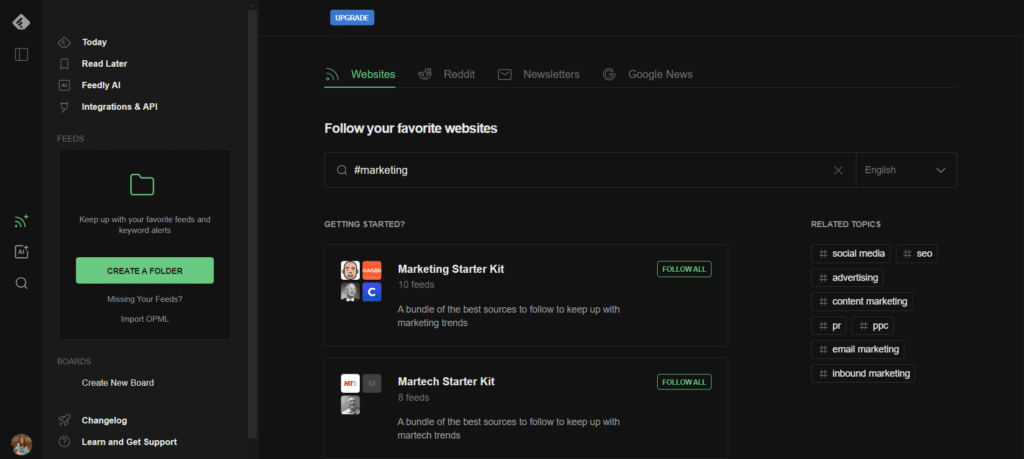
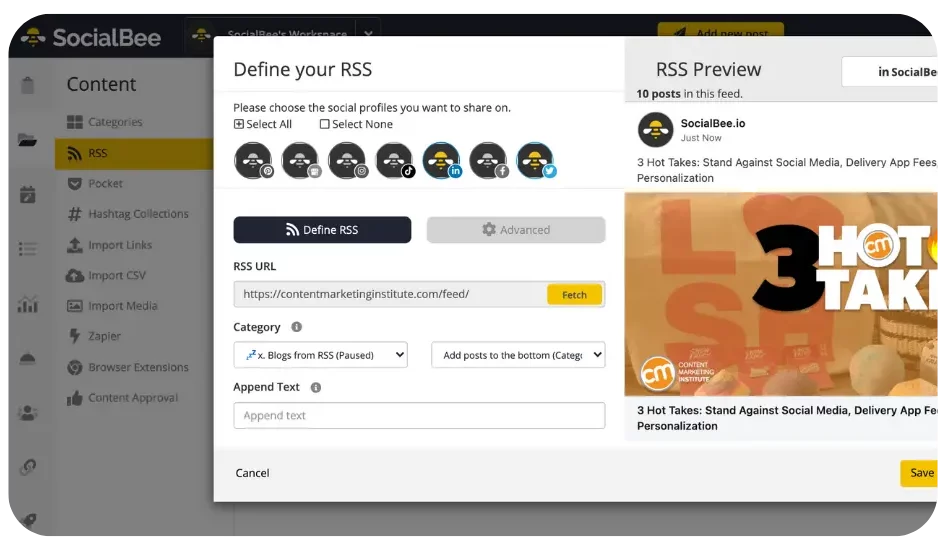
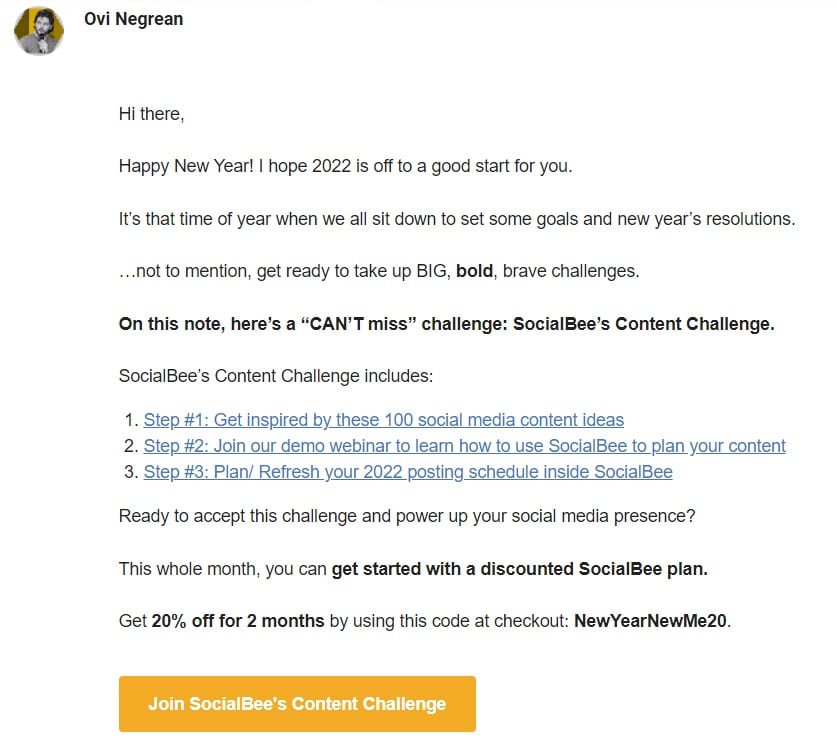
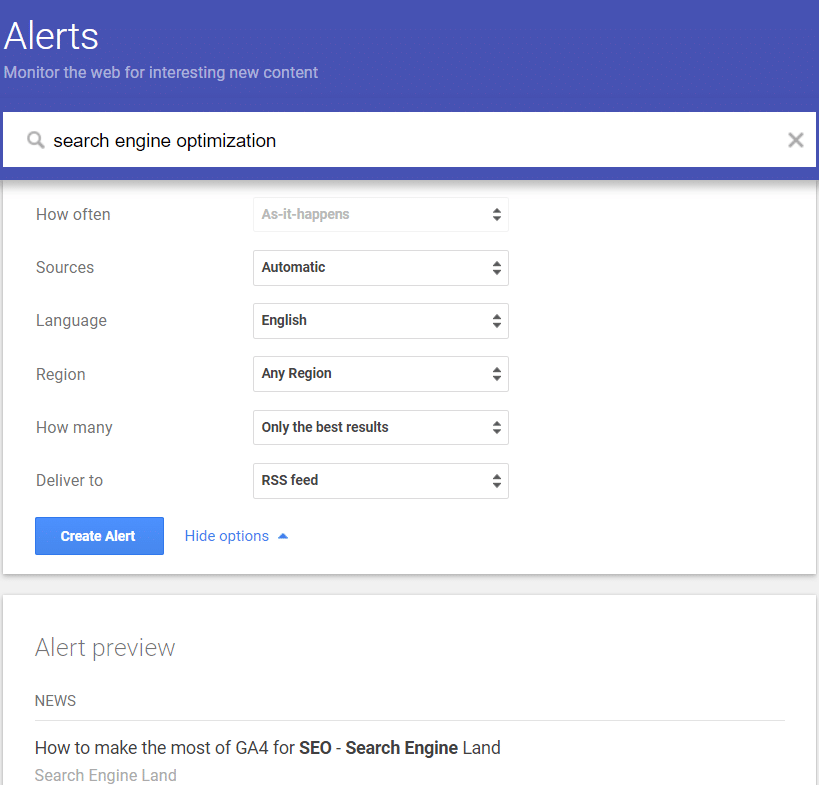


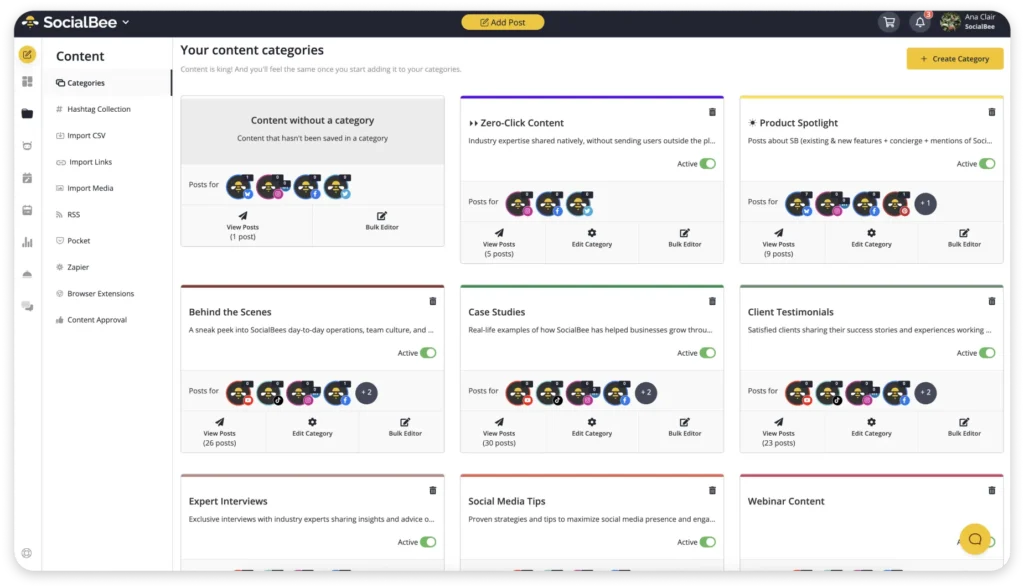
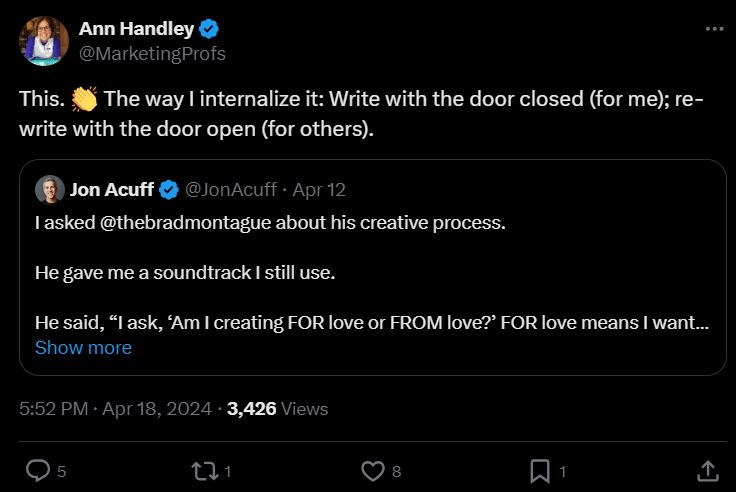
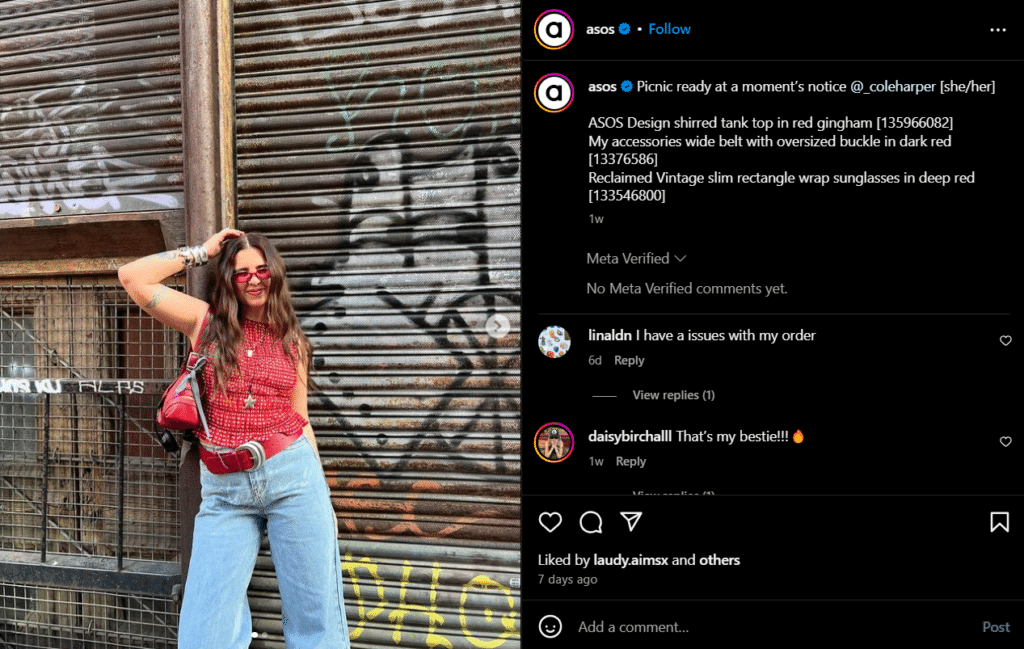
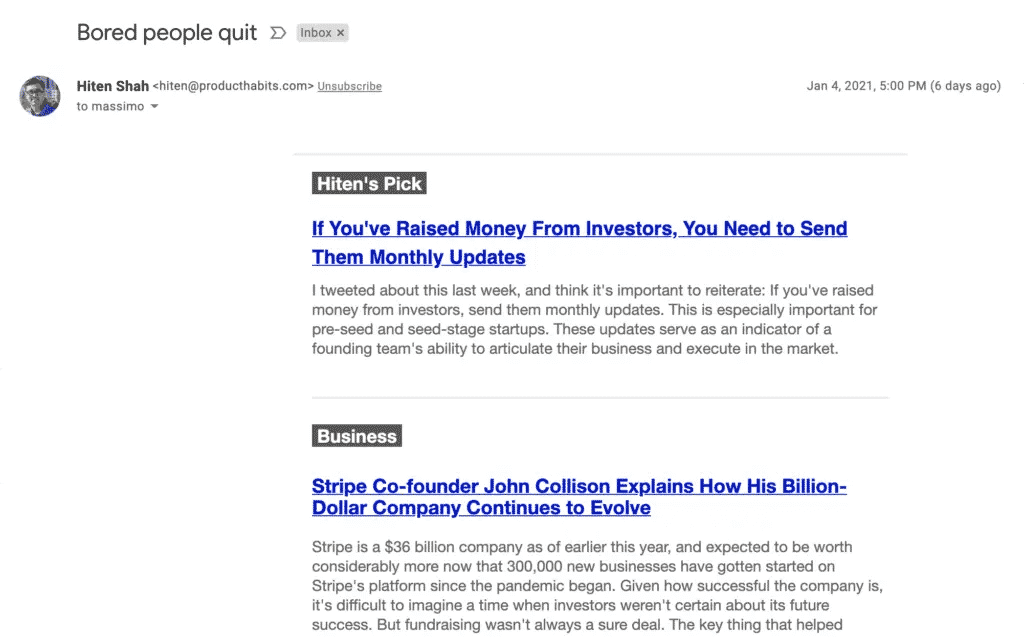
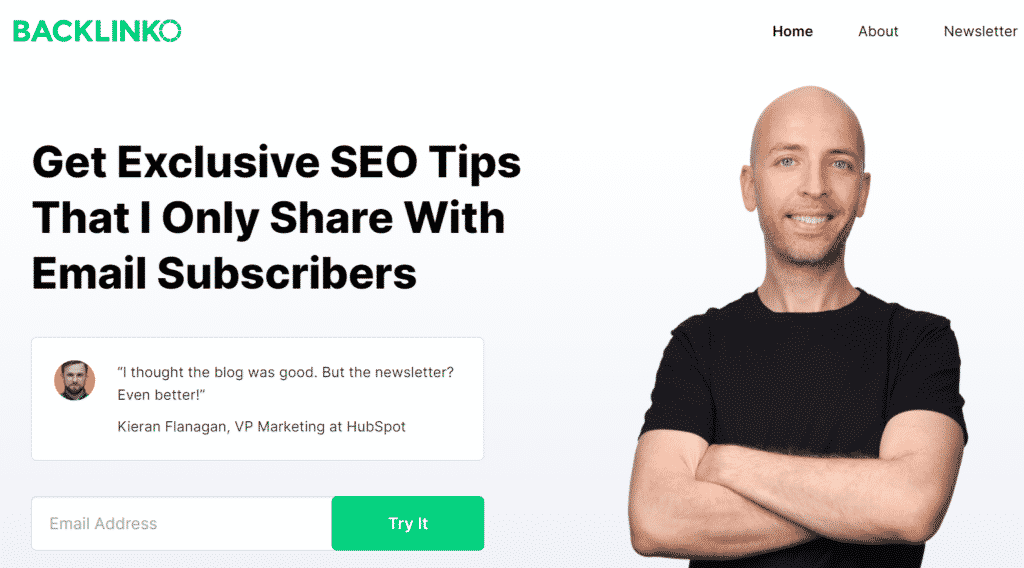












 Customizable tone of voice
Customizable tone of voice  Several variations to choose from
Several variations to choose from  1,000 pre-made AI prompts
1,000 pre-made AI prompts